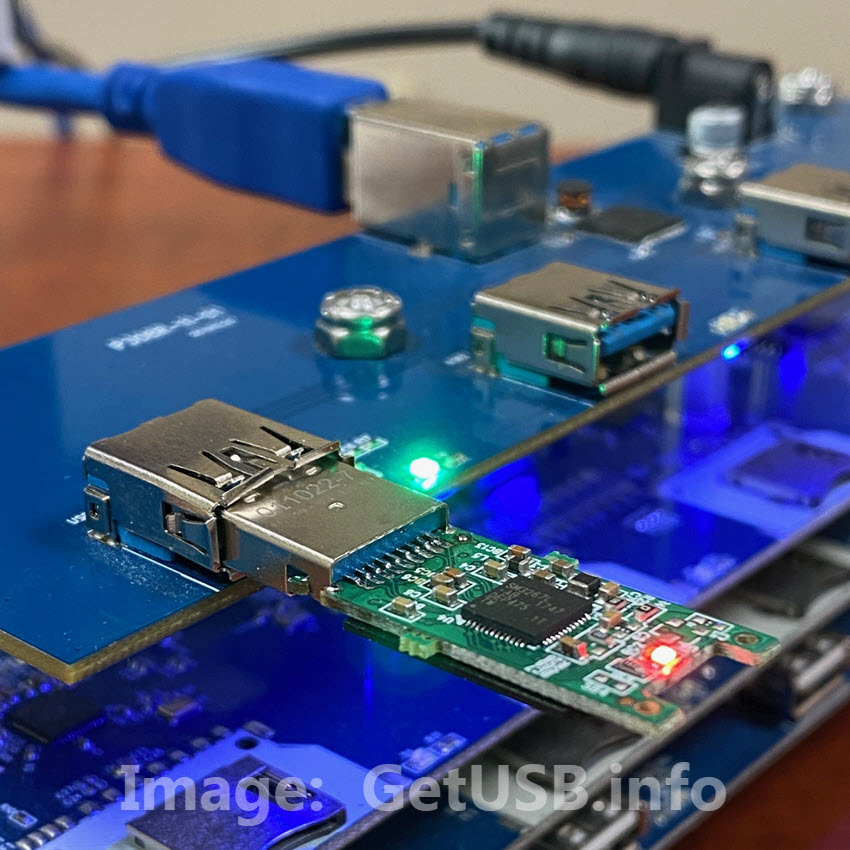Samsung UFS 4.0 Has 2,800MB/Second Write Speeds

UFS 4.0 Has 2,800MB/Second Write Speeds
Samsung claims to have created the industry’s highest performing Universal Flash Storage (UFS). With read speeds of up to 4,200MB/s and write speeds of up to 2,800MB/s, UFS 4.0 is twice as fast as the previous generation.
Not only is UFS 4.0 faster than previous generations, but Samsung claims it also consumes less power. As a result, the company claims that it will be at the heart of future mobile storage solutions, having a dramatic impact on smartphone performance as well as having a significant impact on augmented reality (AR) and virtual reality (VR) hardware.
According to Samsung, UFS 4.0 comes in a small package that measures 11mm by 13mm by 1mm and can support capacities of up to 1TB. This 1 TB has a sequential read speed of 6 MB/s per mA, a 46 percent improvement over the previous generation’s power consumption.
“UFS 4.0 offers up to 23.2Gbps per lane, which is double that of the previous UFS 3.1,” Samsung claims. “That much bandwidth is ideal for 5G smartphones, which require massive amounts of data processing, and it is also expected to be used in future automotive applications, AR, and VR.”
The performance is also impressive, with a sequential read speed of up to 4,200MB/s and a sequential write speed of up to 2,800MB/s promised. The previous generation, UFS 3.1, could promise write speeds of up to 1,200 MB/s. More than doubling the previous generation’s speed while using nearly half the power is likely to have a significant positive impact on device performance.
JEDEC, the Solid State Technology Association, an independent semiconductor engineering trade organization and standardization body, has approved the UFS 4.0 standard specification. Samsung says mass production of UFS 4.0 storage will begin in the third quarter of 2022, and that it is collaborating with smartphone and consumer device manufacturers from around the world to create an ecosystem of support for UFS 4.0 to make market adoption easier and faster.










